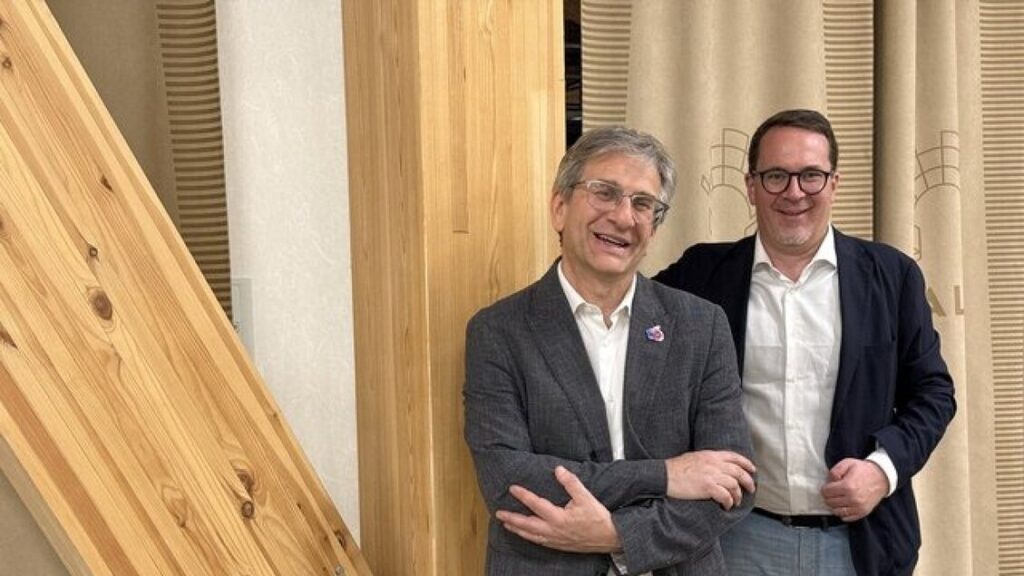The Italy Pavilion is the structure
with the highest percentage of wood coming from sustainably
managed forests, in relation to its volume, as part of the
sustainability policy of Expo 2025 Osaka.
Such excellence was reported by the organizers of the universal
exhibition who had summoned PEFC Italy (Programme for the
endorsement of forest certification schemes), the Italian branch
of the agency outlining the rules for the sustainability and
traceability of forest products.
“We had a meeting with pavilion representatives”, explained
Antonio Brunori, secretary general of PEFC Italy.
“Out of 60 structures, 24 were in wood, and out of these 24 only
six” were built with wood supplied from sustainably managed
forests, explained Brunori.
He added that, “out of the six, Italy had the highest quantity
of wood and came top in terms of traceability and
sustainability”.
In detail, out of the construction’s 742,57 cubic metres, the
Italy Pavilion used 529,5 cubic metres of PEFC-certified
laminated beams (in pine and red spruce).
In addition, the structure has 102,31 cubic metres of X-Lam wood
panels, certified as legal and local, and an additional 110,76
square metres of plywood.
In total, 631,81 square metres out of 742,57, or 85.1% of the
total, are built with certified wood – the highest percentage
used in Expo’s facilities.
The Italy Pavilion “is entirely in wood, 100% PEFC-certified
wood, 60% of which comes from Austria and 40% from Japanese
forests”, said Marco Bussone, president of PEFC Italy.
As an example, the Grand Ring, one of the largest wooden
architectural structures in the world, was built with 27,000
cubic metres of wood, of which 7,000 were used for the roof -
100% PEFC certified – and 4,500 with laminated timber from
Fukushima.
Built on a project by Studio Cucinella, the pavilion highlights
the excellence of Italian design through the use of wood coming
from local or at least certified supply chains, symbolizing a
responsible management of forest resources.
The architecture firm, in fact, with the project tried to
“privilege the use of one of the most highly available local
resources – wood coming from local and certified suppliers”.
ALL RIGHTS RESERVED © Copyright ANSA


AloJapan.com